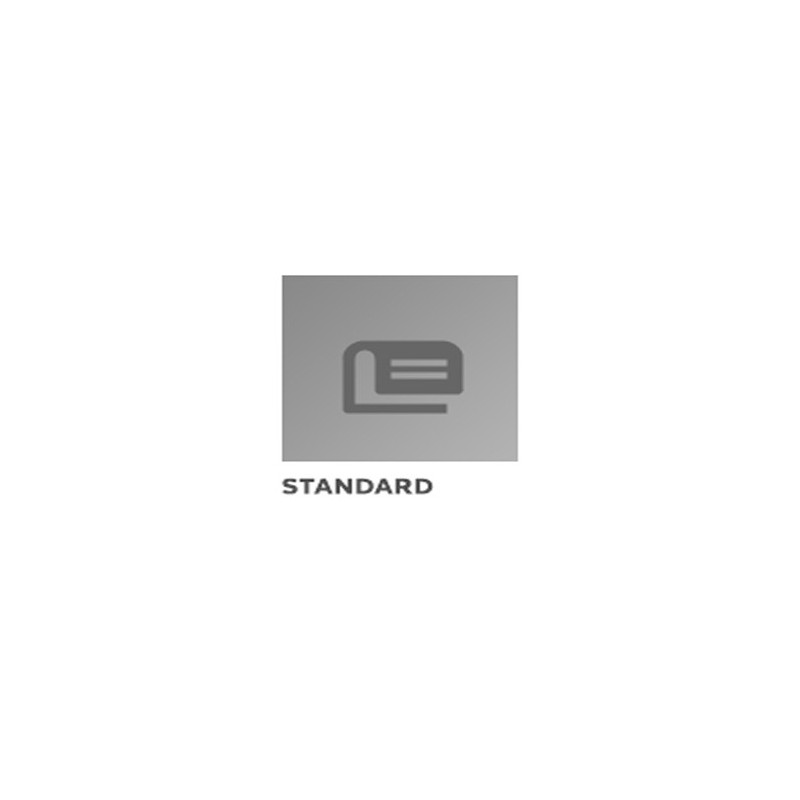Description / Abstract:
This SAE recommended practice defines the system and component
functions, measurement metrics, testing methodologies for
evaluating the functionality and performance of tire pressure
systems, and recommended maintenance practices within the known
operating environments.
This document is applicable to all axle and all wheel
combinations for single unit powered vehicles exceeding 7257 kg (16
000 US lb) gross vehicle weight rating (GVWR), and multi-unit
vehicle combinations, up to three (3) towed units, which use an SAE
J560 connector for power and/or communication, or equivalent
successor connector technology, or which use a suitable capacity
wireless solution.
Examples of included single chassis vehicles would be – utility
and delivery vans, tow trucks, rack trucks, buses, recreational
vehicles, fuel trucks, trash trucks, dump trucks, cement trucks,
and tractors. Examples of combination vehicles using an SAE J560 or
successor connector would be – enclosed van trailers, liquid
tanker, platform trailer, logger trailers, auto transit trailers,
and their associated and compatible towing power units. For
combination vehicles including two or more trailers, the dollies
are also included. The included vehicles can be newly manufactured
vehicles or existing vehicles.
These systems are recommended to address all tires in service as
originally installed on a vehicle by the OEM and/or specialty
vehicle manufacturer, including the vehicle mounted spares, and,
for the aftermarket (including replacement or spare parts) are
recommended (but optional) to address all tire/rim combinations
installed after initial vehicle sale or inuse dates.
This document will focus on tire pressure systems of the
monitoring type.
NOTE: The following systems are not being addressed in this
edition of the document. The management system types and more
mature/complex versions of maintenance and management types, to
include on-board reporting/storage/retrieval data capabilities for
both, will be addressed separately by future changes/additions to
this document series.
1] Tire Pressure Maintenance Systems – (typically known as ATIS
– Automatic Tire Inflation Systems) systems which sense pressure
directly or indirectly and maintain tire pressure above a minimum
specified threshold, and inform the driver of the system's
activity.
2] Tire Pressure Management (adjustment) Systems (typically
known as CTIS – Central Tire Inflation Systems) – systems which
sense pressure, plus other pertinent parameters (i.e., vehicle load
and speed, tire temperature, etc.) directly or indirectly, and
adjust or sustain the pressure at a the level appropriate for the
conditions, and inform the driver of the system's activity.
Purpose
The systems for the monitoring of tire pressure defined herein
are vehicle systems. The design approach taken is expected to
support the purpose and performance objectives of a monitoring type
system, and to function within the operating environment and design
configuration of the vehicle itself. Since many of the vehicles
included in the scope of this document are combination vehicles,
already using standardized mechanical or electronic interfaces, it
is essential that the connection, communication, and data link
interfaces of these tire pressure systems also use these
standardized interfaces.
The tire pressure MONITORING system is intended to communicate
to the driver or vehicle maintainer – 1) a warning of the loss of
inflation gas in the tire/wheel assembly based upon the sensed
level of pressure in the tire/wheel assembly, or the sensed
parameters which directly correlate to the actual loss of inflation
gas in the tire/wheel assembly, and 2) an indication when the
system itself is not capable of providing a warning concerning the
loss of inflation gas.
MONITORING systems are bounded by their sensing, analyzing, and
communicating capabilities. These systems have no requirement or
capability to alter the tire pressure itself. The maintenance
function remains the sole responsibility of the driver/ vehicle
maintainer.


